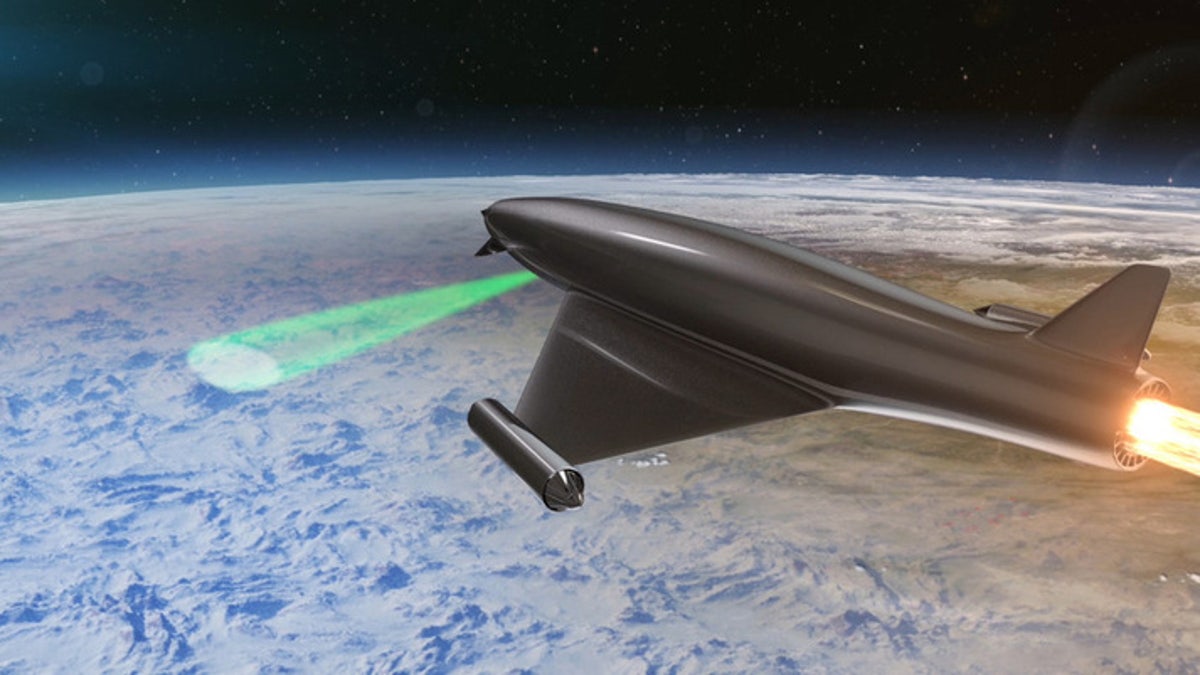
(BAE Systems)
Some cutting-edge technologies are so futuristic sounding you could be forgiven for thinking they are right out of a sci-fi summer blockbuster. That seems to be the case with much of the work carried out by BAE Systems, a company which has previously brought us such far-out concepts as UAVs that can be "grown" using chemistry in large-scale labs.
BAE's latest research project? Something called a Laser Developed Atmospheric Lens (LDAL), which works by temporarily and reversibly altering the Earth's atmosphere into lens-like structures with the ability to magnify or change the path of electromagnetic waves, including light and radio signals.
In short, they are using lasers to try and turn our atmosphere into a range of different optic tools.
"One of the things that we do within BAE Systems is to carry out trend analysis -- whether those are political, sociological, environmental or technological," Nick Colosimo, BAE Systems' futurist and technologist, told Digital Trends. "What these trends do is to tell us something about the future, and from that we can generate a series of 'so what?' questions about the difference this will make to those of us in defense. What are the things we need to worry about or be aware of, and how do we best stay on the front foot?"
More From Digital Trends
The LDAL project may sound the stuff of Michael Crichton thrillers, but it's eminently practical -- if it can be made to work. The concept would use high-pulse power laser system to exploit natural phenomena called the "Kerr Effect" to allow for refraction, reflection, and diffraction to replicate the effect of mirrors, glass lenses, and more.
"One of the systems we've been working on involves a concept for sensing or seeing very, very long distances using what is essentially a variation on a giant telescope," Colosimo said. "That would mean that aircraft or land vehicles could stand back from potential adversaries and continue to do their job while remaining safe."
That project got the team thinking about the possibility of future "laser-directed energy weapons," which Colosimo suggested could be prevalent on future battlefields in the next few decades.
"We wanted to provide a way to allow our customers to protect their personnel, which led to us looking at ways to modify the atmosphere by changing its refractive index or ionization levels," he continued. "In principle, that would allow electromagnetic energy to pass through the atmosphere in very different ways, which could let us create a deflector shield."
Laser-based super-long range telescopes and energy-scattering deflector shields? It's not close to a real-world prototype yet, but BAE certainly has the expertise (and the remit) to make it a reality. Don't expect it anytime soon -- but it's pretty fascinating to know it's being seriously worked on.
